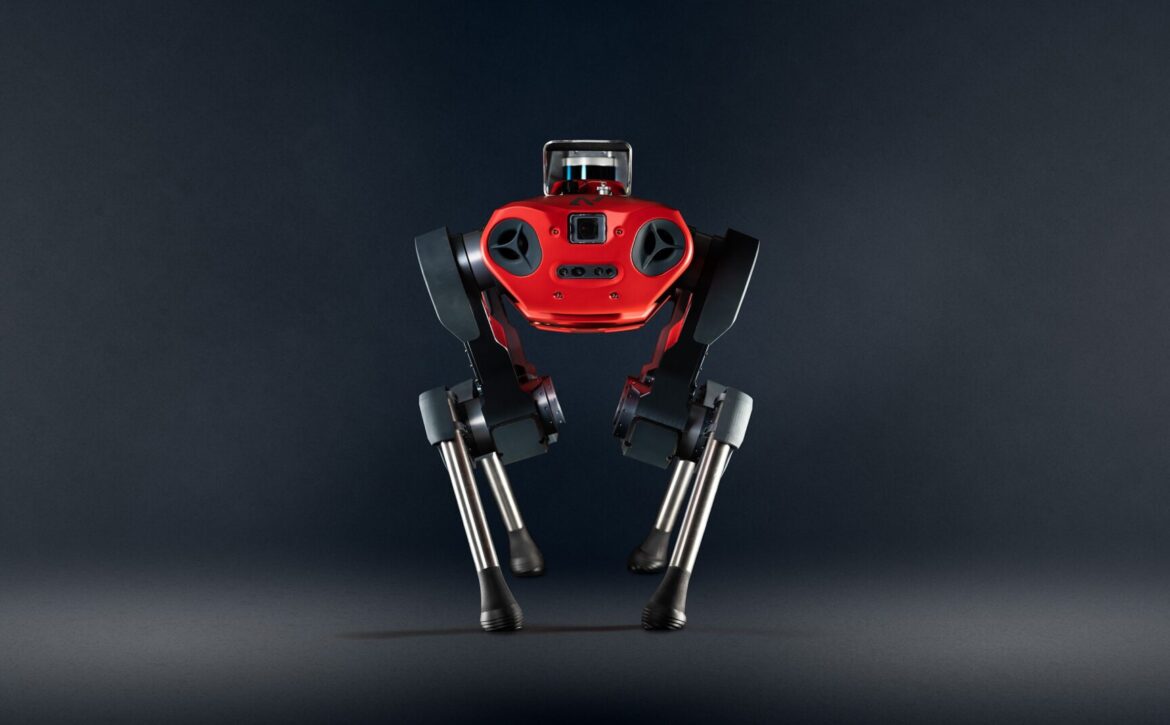Gender Gap in Entrepreneurship
How venture capital can counteract the gender gap in entrepreneurship
The gender gap plays a major role in the field of start-ups and innovative companies. It can still be observed that women founders are not only an exception, but generally encounter more barriers in the search for investment capital[1]. In addition to the more restricted access to capital, there are other factors that lead to a gender gap in society, which are not addressed in detail below. The focus of this article is to identify measures that capital providers and investors can take to counteract the gender gap in entrepreneurship.
Diversity remains too weakly perceived
New and innovative ideas are primarily generated when problems can no longer be solved in the conventional way. The more flexible and thus the more diverse the approaches are, the easier it is to find a suitable solution. For this reason, companies with gender diversity in their teams are generally noticeably more successful and above all more flexible[2]. This is also revealed in a study by the Boston Consulting Group (BCG)[3]which states that the global market economy would increase by 3 - 6 percent if women were to become entrepreneurs to the same extent as men.
The gender gap is shrinking - but not everywhere
There is very clear evidence worldwide that the gender gap in entrepreneurship is tending to narrow and has been sustainably reduced in recent years and decades. Figures from 2019 show that female founders were able to raise an average of $1.2 million in the seed phase, while male founders usually raised $1.35 million[4]. At first glance, the difference does not appear to be very great, but these figures can only be qualified in part. These figures say nothing about the number of start-ups and above all about the number of successful implementations. Above all, however, it is clear that America is again very different from the German-speaking countries in Europe[5]. In Switzerland in particular, it has been recorded that not only is there a gender gap in entrepreneurship, but that it is even growing in some areas[6].
Why women entrepreneurs have a hard time
When it comes to setting up a company and, above all, raising the necessary start-up capital, women have a much harder time than their male counterparts. This is shown, among other things, by a study from the USA, which compared how a pitch is perceived by different genders. The study showed that when pitching the same business idea, men are around 60 percent more likely to[7] were more successful than women. And this was not because the men and women argued differently, but mainly because of the perception of the other person. It still seems to be the case that women are assumed to have considerably fewer competences in the fields of technology and business. There is thus a deeply rooted defensive attitude on the part of the mostly male donors to evaluate an idea equally among women and men. In order to overcome this problem, we believe that a change is needed, especially on the part of venture capital investors.

How capital providers and investors can counteract the gender gap in entrepreneurship
1. Shift in the mindset
Often it is our own preconceived and unsupported opinions that guide our actions. You can only counteract these opinions with hard facts. It is not easy to free yourself from your own prejudices. However, many studies now show that diversified teams are more powerful, more resilient and more efficient than teams of a homogenous gender. If investors are aware of this fact and believe the studies and their results, the chances of a lasting profit are significantly higher with mixed teams. Those who look beyond their own horizons and focus primarily on the bare facts usually quickly change their own view of the world and thus their own behaviour.
2. Change your own corporate culture
This measure is closely linked to the first point. An investor who acknowledges that the performance of mixed teams is significantly better should also question his own corporate structure. If VCs want to honestly oppose the gender gap, they should also ensure diversity in their own company. And not on the basis of a quota prescribed by law, but on the basis of performance and quality. Quotas usually cause injustice and can make open exchange at eye level impossible.
An investor identifies with entrepreneurs who have a similar background, interests or background. This statement is also confirmed by research on the gender gap in entrepreneurship[8]. It can therefore be concluded that gender diversification among investors counteracts the gender gap in entrepreneurship.
3. Create, support and use networks
VCs, but also companies and social organisations should build networks and enable an exchange of experience. By connecting with successful female and male founders, exchanging ideas and, above all, critically examining them, female founders should be supported in building up a business. It is often the case that established networks do not offer any access for women, or access is more difficult[9]such as the Zürcher Zunft, student fraternities or even the Basel Fasnacht. Networks should open up so that sectors are not kept gender homogeneous and the above-mentioned identification points can take place. Investors and VCs are therefore more in demand than ever to set up new structures and create new opportunities.
Conclusion
Our proposed solution to counteract the gender gap should not be forced by law, but rather through a general social change in thinking. VCs should question whether fair and parity conditions really prevail or whether ideas of women are generally considered more disparaging than the ideas of male founders. Equality and equal rights always begin in the mind with one's own attitude. Only those who treat all genders equally can learn to judge the idea itself.

Autorin: Andrea Buhofer
Literatur
[1] https://www.ft.com/content/e5341062-4eb8-11e8-ac41-759eee1efb74
[2] https://hbr.org/2019/02/research-when-gender-diversity-makes-firms-more-productive
[3] https://www.bcg.com/en-ch/publications/2019/boost-global-economy-5-trillion-dollar-support-women-entrepreneurs.aspx
[4] http://about.crunchbase.com/wp-content/uploads/2020/03/Funding-To-Female-Founders_Report.pdf
[5] https://www.forbes.com/sites/ninaangelovska/2019/05/12/europe-we-have-a-problem-8-facts-about-female-entrepreneurs-in-the-digital-age/#78cb317c4d42
[6] https://www.bcg.com/en-ch/publications/2019/boost-global-economy-5-trillion-dollar-support-women-entrepreneurs.aspx
[7] https://www.weforum.org/agenda/2017/10/five-ways-policy-could-close-the-gender-gap-in-entrepreneurship/ and https://op.europa.eu/en/publication-detail/-/publication/84bd6dea-2351-11e8-ac73-01aa75ed71a1/language-en
[8] Greenberg and Mollick, 2017, pg. 343
[9] https://rotary.de/gesellschaft/frauen-bei-rotary-ja-aber-a-13665.html


